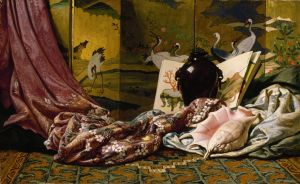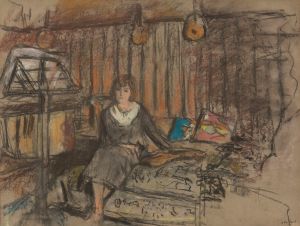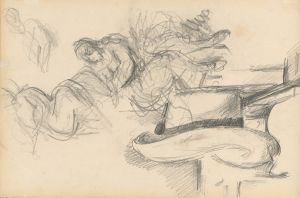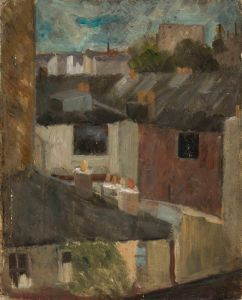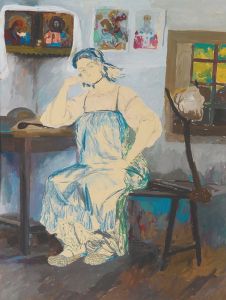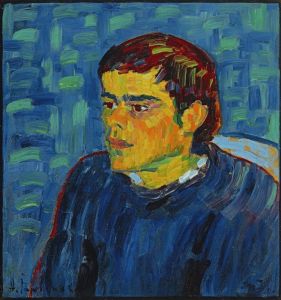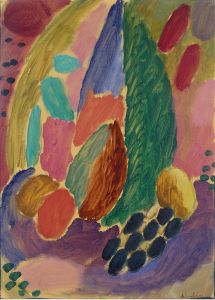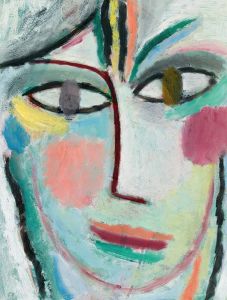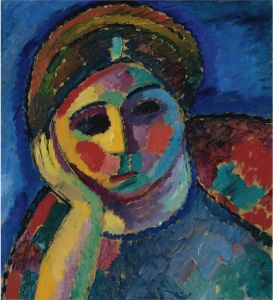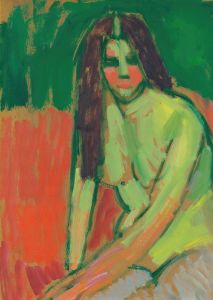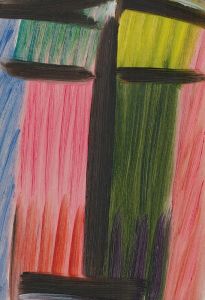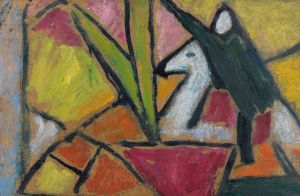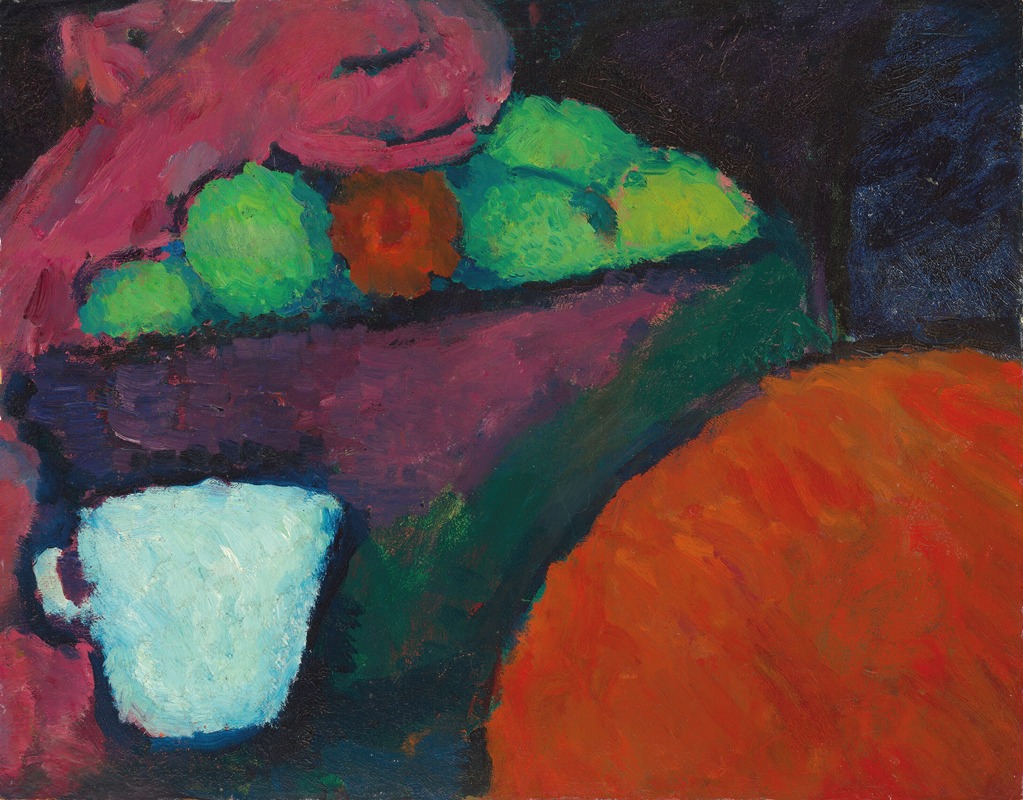
Stilleben mit Tasse
A hand-painted replica of Alexej von Jawlensky’s masterpiece Stilleben mit Tasse, meticulously crafted by professional artists to capture the true essence of the original. Each piece is created with museum-quality canvas and rare mineral pigments, carefully painted by experienced artists with delicate brushstrokes and rich, layered colors to perfectly recreate the texture of the original artwork. Unlike machine-printed reproductions, this hand-painted version brings the painting to life, infused with the artist’s emotions and skill in every stroke. Whether for personal collection or home decoration, it instantly elevates the artistic atmosphere of any space.
Alexej von Jawlensky was a Russian expressionist painter, known for his vivid use of color and bold compositions. One of his works, "Stilleben mit Tasse" (Still Life with Cup), exemplifies his unique approach to still life painting, a genre that he explored alongside his more famous portraits and abstract works. While specific details about "Stilleben mit Tasse" are limited, it can be contextualized within Jawlensky's broader artistic journey and the influences that shaped his style.
Jawlensky was born in 1864 in Torzhok, Russia, and initially pursued a military career before turning to art. He studied at the Imperial Academy of Arts in St. Petersburg and later moved to Munich, where he became associated with the avant-garde art scene. In Munich, Jawlensky was influenced by the works of Vincent van Gogh, Paul Gauguin, and the Fauvist movement, all of which emphasized bold colors and expressive forms.
"Stilleben mit Tasse" likely reflects Jawlensky's interest in color and form, characteristics that are evident in his other still life paintings. His still lifes often feature everyday objects, such as cups, bottles, and flowers, arranged in a manner that emphasizes their shapes and colors rather than their realistic depiction. This approach aligns with the expressionist movement's focus on conveying emotional experience rather than replicating the natural world.
During his time in Munich, Jawlensky became a founding member of the Neue Künstlervereinigung München (New Artists' Association of Munich), which later evolved into the more radical group known as Der Blaue Reiter (The Blue Rider). This group, which included artists like Wassily Kandinsky and Franz Marc, sought to explore spiritual and symbolic content in art, often through abstract and non-representational forms. Although Jawlensky's still lifes are more representational than some of his abstract works, they share the same vibrant use of color and dynamic composition.
Jawlensky's work was also influenced by his travels and personal experiences. He spent time in Switzerland during World War I, where he continued to develop his style, and later settled in Wiesbaden, Germany. Throughout his career, Jawlensky's art evolved from more traditional representations to increasingly abstract forms, culminating in his "Meditations" series, which focused on spiritual themes.
"Stilleben mit Tasse" can be seen as part of Jawlensky's exploration of color and form, reflecting his broader artistic goals. While specific details about the painting's creation and history are scarce, it remains an example of his ability to transform simple subjects into vibrant compositions that capture the viewer's attention.
In summary, "Stilleben mit Tasse" by Alexej von Jawlensky is a testament to the artist's expressionist style and his interest in the emotional and spiritual potential of color and form. Although detailed information about this particular painting is limited, it fits within the context of Jawlensky's broader body of work, which continues to be celebrated for its boldness and innovation in the world of modern art.





